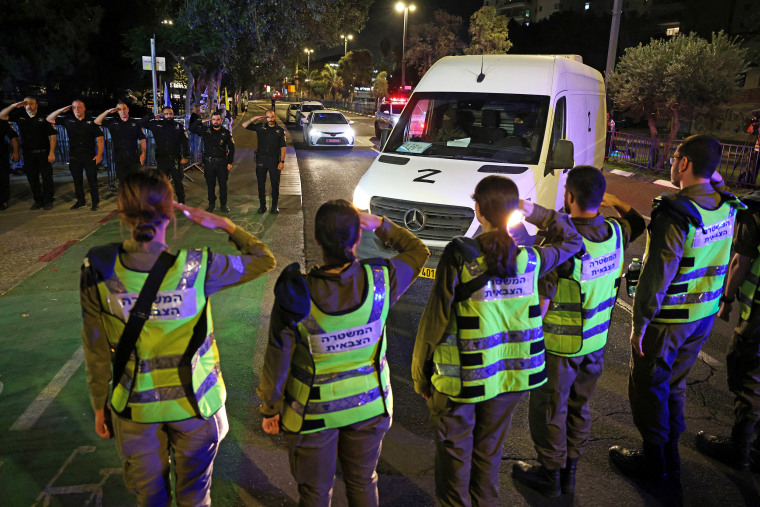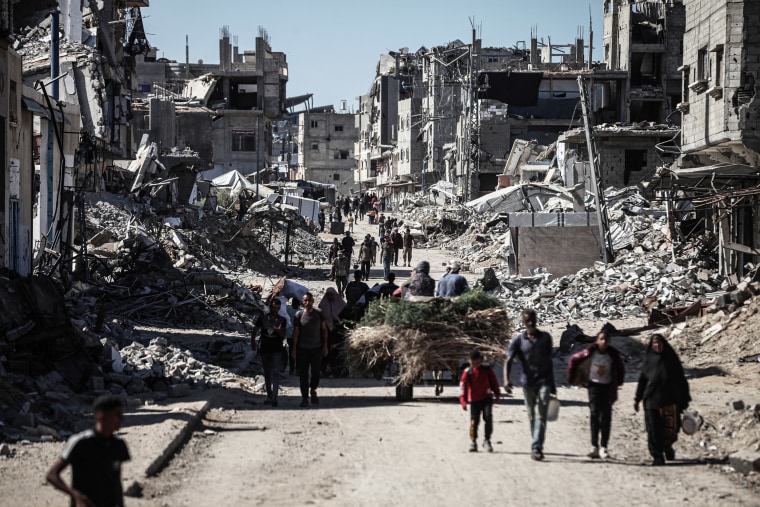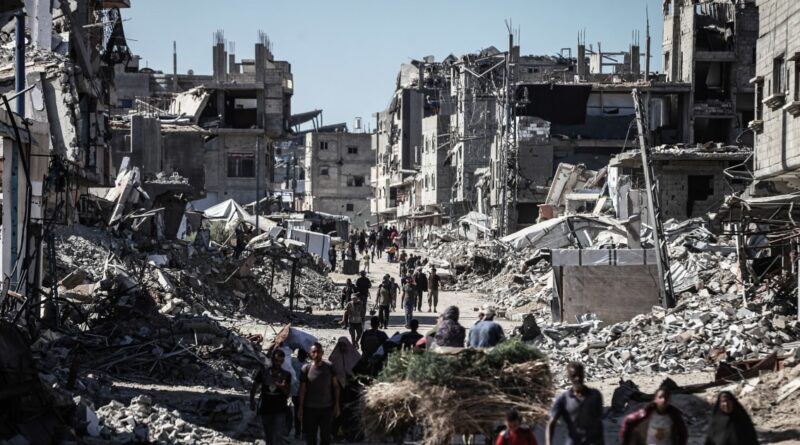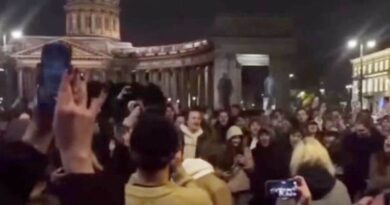Israel and Hamas trade blame as return of bodies threatens Gaza ceasefire
Israel and Hamas have traded new accusations over the return of dead bodies, threatening the fragile ceasefire agreement brokered by President Donald Trump.
Israel has demanded that Hamas return the bodies of the remaining 19 hostages in Gaza, saying the militant group knows where they are and warning that the Israeli military would draft a plan to defeat Hamas if it fails to do so.
Hamas said Thursday that returning the bodies of the hostages “may take some time” as some were buried in tunnels that were destroyed by Israeli bombing. “Others remain under the rubble of buildings bombed and demolished,” it said in a statement.

U.S. advisers have also said the process could take weeks, and that during negotiations all sides had acknowledged the difficulty of the recovery.
Extracting the bodies from under the rubble requires heavy machinery and equipment, Hamas said, adding that it was committed to upholding the agreement.
Also Thursday, the Ministry of Health in Gaza posted photos of what it said were bodies of Palestinian prisoners returned by Israel as part of the ceasefire, showing signs of torture and with various toes and fingers missing.
None of the bodies came with any identification, Dr. Ahmed Edheir, Forensic Medicine Consultant and Head of Forensic Medicine in Gaza, told NBC News.
“Some of the bodies had been tied behind the back,” he said, adding that one of the bodies had a rope tied around its neck.
The Israel Defense Forces did not respond to an NBC News request for comment about the alleged state of the bodies.

As part of the first phase of the agreement, the Israeli military has partially withdrawn from the enclave.
Israel said early Friday it would erect physical markers along this “yellow line” where its military is now positioned inside Gaza to “clearly define the location of the security-political separation line” and to warn that “any violation or attempt to cross the line will be met with fire.”
Hamas accused the Israeli military of continuing to operate in the strip, with the health ministry saying Friday that at least 23 people had been killed by Israeli forces since the ceasefire came into effect.
The entry of vital humanitarian aid into the enclave has been another point of contention.
The World Food Programme said Friday that it had brought in 560 tonnes of aid since the ceasefire began, but had not started any distribution in famine-stricken Gaza City as key northern crossings remained closed.
“To keep going — and reach everyone — we need lasting access and a stable operating environment,” it said in a post on X.






